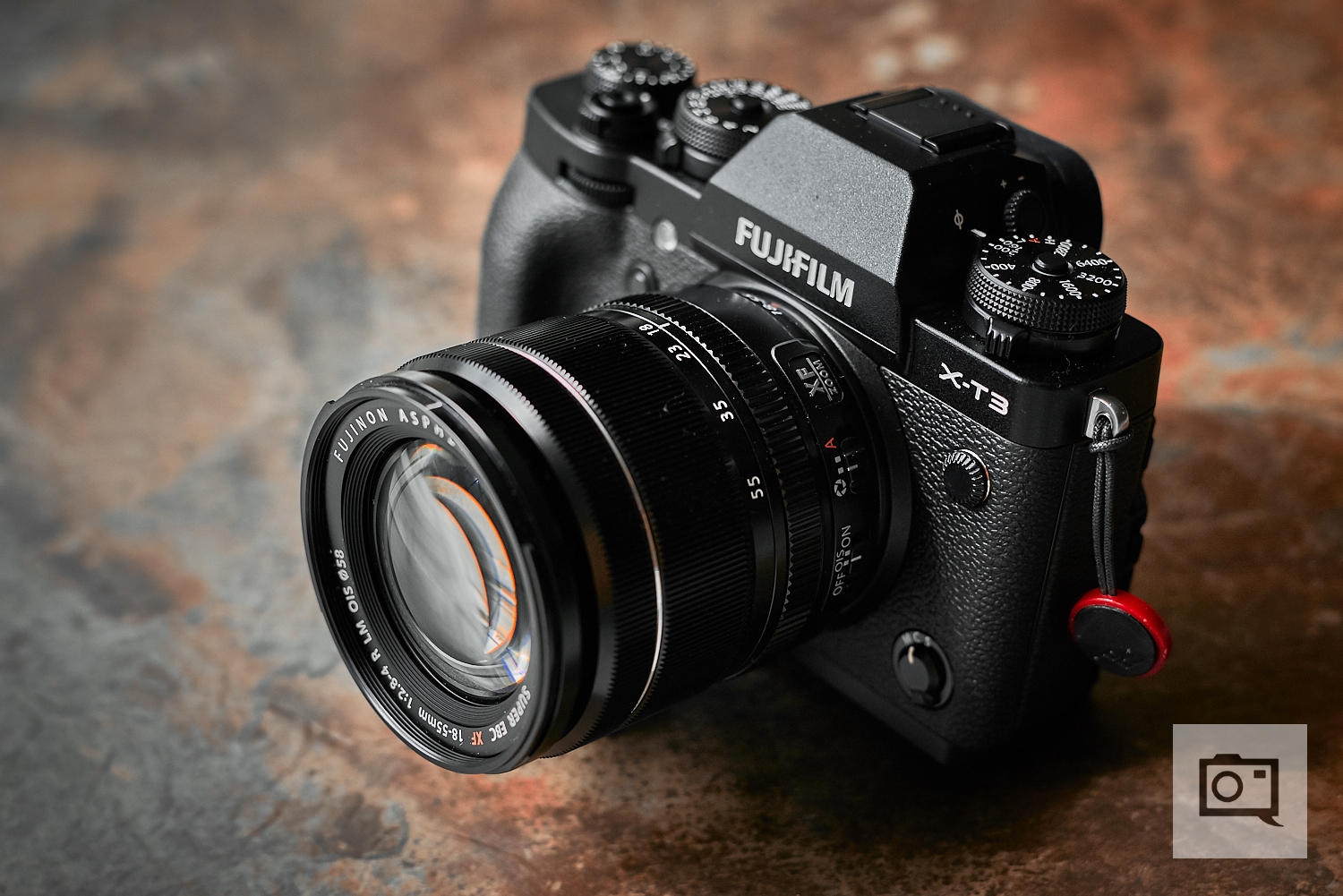Last Updated on 02/03/2020 by Brett Day
Fujifilm threw everything and the kitchen sink into their latest powerhouse APS-C camera
While Full Frame mirrorless cameras have certainly dominated the conversation as of late, with seemingly every major digital camera manufacturer on the market announcing or releasing new Full Frame mirrorless cameras, Fujifilm is keeping their focus on their crop sensor camera bodies with the release of their new Fujifilm X-T3. Boasting significant improvements in terms of features as well as performance, the Fujifilm XT3 is targeting photographers and videographers alike that are looking for solid workhorse camera in a compact package.
Pros and Cons
Pro
- Brand new 26.1MP X-Trans CMOS 4 Sensor
- Brand new X-Processor 4 Image Processor
- Excellent weather sealing
- Very solid build quality
- Excellent image quality
- In body RAW processing with built in film simulation profiles
- Versatile RAW files
- Amazing video capabilities
- Dual SD card slots (if your workflow requires it)
Con
- Battery life can use some improvement
- Lacks in body image stabilization
- Low light performance is improved over the previous generation X-T2, but hit rates during high-speed low light situations still leave much to be desired
Gear Used
We tested the Fujifilm X-T3 with the Fujinon XF 16mm f1.4, Fujinon XF 18-55mm f2.8-f4, Fujinon XF 23mm f1.4, and the Fujinon XF 35mm f1.4
Tech Specs
A highlight of the Fujifilm X-T3’s specs are below. Full specs for the X-T3 can be viewed here.
- 26.1MP X-Trans CMOS 4 Sensor with primary color filter
- X-Processor 4 Image Processing Engine
- Capable of 4K/60P and 10bit output
- Features 4 CPU units
- Startup time of 0.3 seconds
- Shutter time lag of 0.045 seconds
- High-precision, 0.5-inch, 3.69 million dot OLED color viewfinder
- Viewfinder magnification of 0.75x
- Wide viewing angle (diagonal 38º and horizontal 30º)
- Display time lag of just 0.005 seconds, refresh rate of approx. 100fps
- Robust magnesium alloy body
- Continuous Shooting
- 30fps [Only electronic shutter, 1.25 x Crop ] (JPEG: 60 frames | Lossless compression RAW: 35 frames | Uncompressed RAW: 33 frames)
- 11fps (JPEG: 145 frames | Lossless compression RAW: 42 frames | Uncompressed RAW: 36 frames)
- 5.7fps (JPEG: endless | Lossless Compression RAW: 62 frames | Uncompressed RAW: 43 frames)
- Pre-shot: Approx. 30fps [Only electronic shutter, 1.25 x Crop ] (max. 20 frames while half press, max. 20 frames after full press, total max. 40 frames)
- Movie Recording (using a card with the UHS Speed Class 3 or higher)
- File format
- MOV (MPEG-4 AVC/H.264, HEVC/H.265, Audio: Linear PCM / Stereo sound 24bit / 48KHz sampling)
- Movie compression
- All Intra/Long-GOP, can be used with the following settings:
- DCI4K/4K 29.97p/25p/24p/23.98p 400Mbps
- Full HD(2048×1080)/Full HD(1920×1080)94p/50p/29.97p/25p/24p/23.98p 200Mbps
- File size/ Frame Rate/ Recording Time
- [DCI 4K(4096×2160)] 94p/50p/29.97p/25p/24p/23.98p 400Mbps/200Mbps/100Mbps 59.94p/50p: up to approx. 20min. 29.97p/25p/24p/23.98p: up to approx. 30min
- [4K(3840×2160)]94p/50p/29.97p/25p/24p/23.98p
- 400Mbps/200Mbps/100Mbps 59.94p/50p: up to approx. 20min. 29.97p/25p/24p/23.98p: up to approx. 30min
- [Full HD(2048 ×1080)] 94p/50p/29.97p/25p/24p/23.98p 200Mbps/100Mbps/50Mbps up to approx. 30min.
- [Full HD(1920×1080)]94p/50p/29.97p/25p/24p/23.98p 200Mbps/100Mbps/50Mbps up to approx. 30min.
- [Full HD(1920×1080) High speed rec.] 120p/100p 200Mbps (recording) up to approx. 6min.
- Recording movies in 400Mbps can be done with DCI4K/4K 29.97p/25p/24p/23.98p.
- DCI4K 59.94p/50p is not available when H.264 is selected.
- For recording movies, use a SD memory card with UHS Speed Class 3 or higher. For recording movies in 400Mbps, use a SD memory card with Video Speed Class 60 or higher
- LCD Monitor
- 0 inch, aspect ratio 3:2, approx. 1.04 million dots touch screen color LCD monitor (approx. 100% coverage)
- 16 Film Simulation Modes
- PROVIA/Standard, Velvia/Vivid, ASTIA/Soft, Classic Chrome, PRO Neg. Hi, PRO Neg. Std, Black & White, Black & White +Ye Filter, Black & White +R Filter, Black & White +G Filter, Sepia, ACROS, ACROS +Ye Filter, ACROS+R Filter, ACROS+G Filter, ETERNA/Cinema), B & W Adjustment: -9~+9
- Bluetooth® Ver. 4.2 low energy technology
- 16 Film Simulation Modes
- Accessories included:
- Li-ion battery NP-W126S
- Battery charger BC-W126S
- Shoe-mount flash unit EF-X8
- Shoulder strap
- Body cap
- Strap clip
- Protective cover
- Clip attaching tool
- Hot shoe cover
- Vertical battery grip connector cover
- Connector cover (detachable)
- Sync terminal cover
- Cable protector
- Owner’s manual
- All Intra/Long-GOP, can be used with the following settings:
- File format
Ergonomics
We went over the ergonomics of the Fujifilm X-T3 extensively during our First Impressions. The following section is taken from that article.

The Fujifilm X-T3 will feel immediately familiar to anyone that’s shot with the X-T2 before. In fact, you’ll likely confuse the X-T3 for its predecessor in the X-T series at first glance – until you notice the “3” in the logo in front upper right corner of the camera body.
The front of the X-T3 continues the minimalist profile of its predecessors. Aside from the Fujifilm and X-T3 logos themselves, the only things you’ll find on the front besides the lens mount are the Autofocus mode dial, PC Sync port, and a customizable function button. The grip on the right hand side of the X-T3 felt very similar to previous models in the X-T as well.
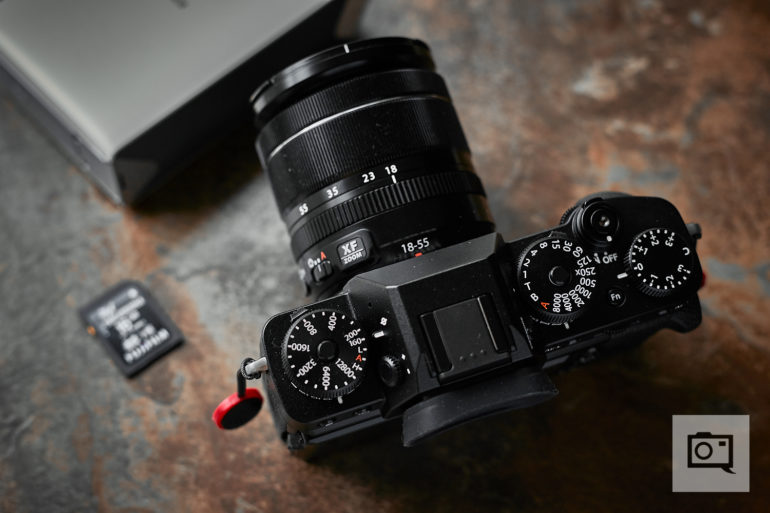
On the top of the X-T3 is where you’ll find the majority of the controls. Starting from the left is a dedicated lockable ISO dial, with a drive move selector dial nested underneath. Moving rightward is the diopter adjustment knob that functions similar to adjustment knobs found on analog watches. You’ll be able to adjust the diopter to your liking by pulling the dial out, and pushing it down will lock it in place to prevent accidental changes. Next up to the right is the hot shoe, followed by the viewmode button that will control whether the X-T3 will display through the EVF and the rear touch screen LCD, or both. Continuing on rightward, you’ll find the lockable shutter speed dial, with the metering mode dial nested beneath it. Next up are the camera On/Off switch, shutter button, and another customizable function button. Rounding things off on the far right of the Fujifilm X-T3 is the exposure compensation dial. There are two customizable command dials on the front and rear of the X-T3’s grip as well (we kept the front dial assigned to aperture control and the rear dial assigned to shutter speed adjustments).
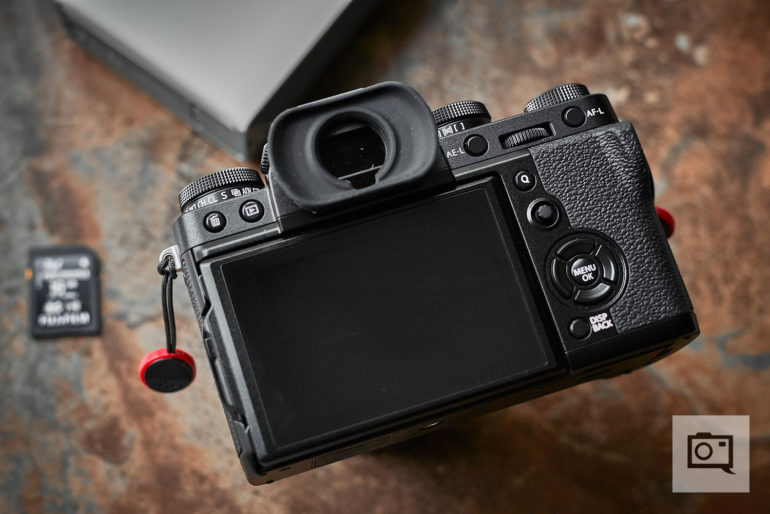
The minimalist design continues moving towards the back of the Fujifilm XT3. The first thing you’ll notice on the back of the camera are the 3″ tilting touch screen LCD and the 100 FPS EVF which the X-T3 inherited from the flagship X-H1. To the left of the EVF are the Delete and Playback buttons, while the AE-L (Exposure Lock) button, rear command dial, and the AF-L (Autofocus Lock) button are found on the right side. To the right of the LCD monitor, moving from top to bottom are the Quick Menu button, the Focus Joystick, Selector buttons, Menu/OK button, as well as the Display/Back button. Holding down the Display/Back button will allow you to customize the functionality assigned to a lot of the buttons found throughout the X-T3’s body as well as the gesture controls for the touch screen LCD.
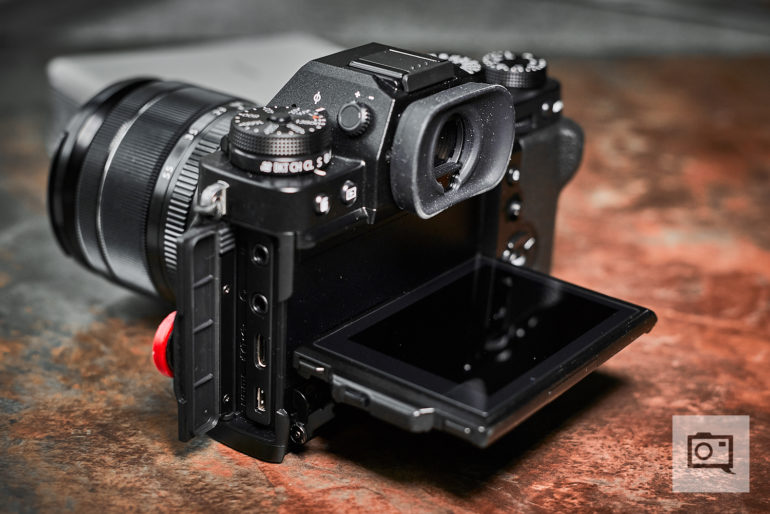
To the left side of the LCD is where you’ll find the 3.5mm microphone jack, 3.5 mm headphone jack, charging capable USB-C connector, and the Micro HDMI Type D connector. The door covering these ports is removable, handy for anyone intending to use the Fujifilm XT3 in a camera cage rig setup with external microphones, headphones, power source, and monitor/recorder connected to the camera.
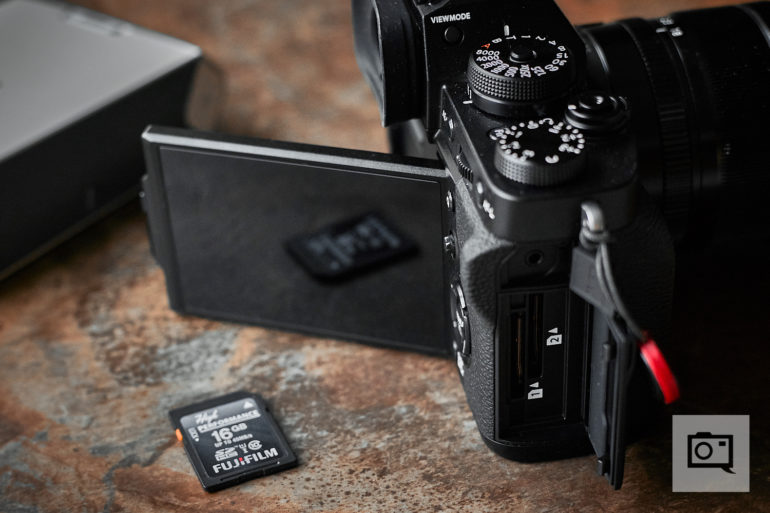
The 2.5mm remote release connector as well as the pair of UHS-II SD card slots can be found on the side of the X-T3. Yes, you read that correctly; the Fujifilm X-T3 features 2 UHS-II SD card slots. Make of this what you will given the recent #slotgate controversies surrounding the Nikon Z6/Z7 and the Canon EOS R.
Build Quality
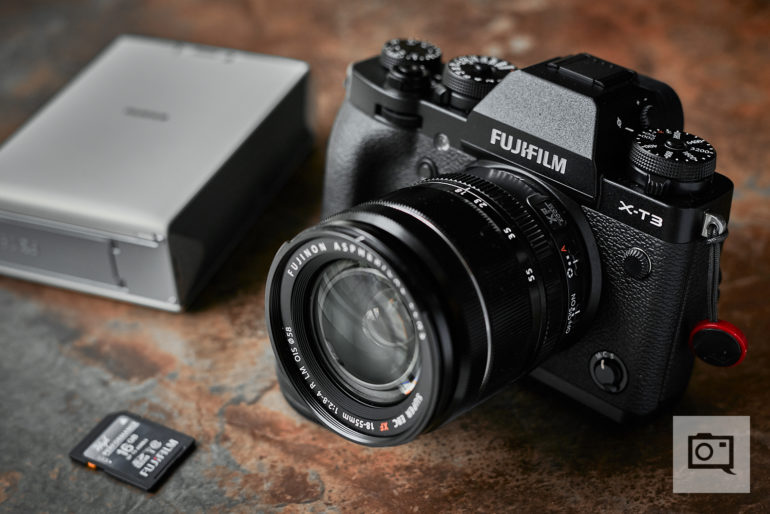
Having shot with the X-T2 on multiple occasions, the Fujifilm X-T3 felt every bit as solid. The fit and finish of the X-T3 is excellent, and felt very durable and rugged during our time with the camera. We got to put the X-T3’s weather sealing to the test on multiple occasions, having been caught in a few rainstorms while we were out and about testing it around New York City. The X-T3 didn’t skip a beat and kept working without incident. While our X-T3 test unit didn’t suffer the same amount of abuse as the X-T2 that we had tested two years prior, we’re confident that it’ll hold up just as well.
Ease of Use
The Fujifilm X-T3 will feel immediately familiar to anyone that’s shot with its predecessors. One of my favorite things about the Fujifilm X-T3 are the dedicated, lockable mode dials for ISO, Shutter Speed, and Aperture. As someone who almost always shoots in manual, the dedicated controls felt very intuitive to use, and allowed me to adjust my settings on the fly easily without having to dive into the menus to do so. The addition of a touch screen LCD also made the Quick Menu system much easier to use in my opinion. I know a lot of Fuji shooters that swear by the Quick Menu, but I never found it to terribly intuitive until the X-T3. Instead of having to rely on the joystick and the rear dial, I can now navigate the Quick Menu using the rear touch screen. With the Fujifilm X-T3, you’re given access to every ounce of performance the camera has to offer right out of the gate without needing to install a vertical battery grip. While I can appreciate the ergonomic benefits of having a vertical grip when shooting portraits, it’s certainly nice to be able to keep things low profile when you’re out and about and want to keep your kit low profile without sacrificing any performance your camera has to offer. With the frequency at which Fujifilm has released firmware updates in the past with their other cameras, we have no doubt that this will improve with time.
Autofocus
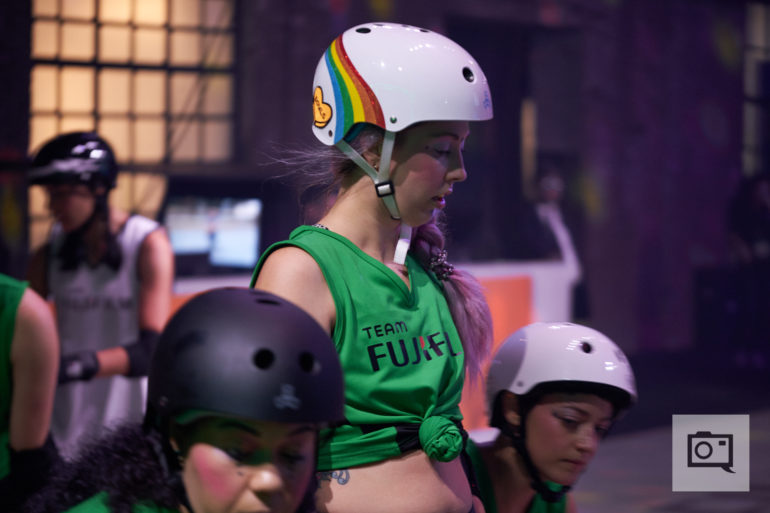
Fujifilm has made some significant improvements to the autofocus system in the X-T3. With 2.16M phase detection pixels covering the entire sensor, the Fujifilm X-T3 has a 2 stop advantage over it’s predecessor in terms of low light autofocus performance, and acquires focus much faster. Face Detection and Eye Detection Autofocus performance is on par with Sony’s APS-C A6500, and is available during video recording as well. You’ll be able to shoot at up to 11 fps when using the mechanical shutter, 20 fps with the electronic shutter, and up to an 30 fps when you have the X-T3 in sport finder mode which crops the image down to 16.6MP (1.25x crop). One thing to remember though is that the FujifilmX-T3 lacks in-body image stabilization, so anyone that doesn’t have the steadiest of hands may want to use lenses with optical image stabilization built in or shoot at higher shutter speeds.
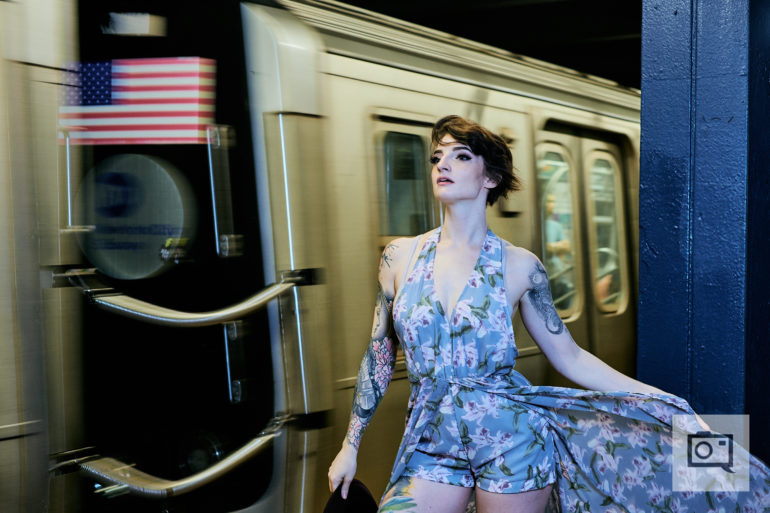

Image Quality
One of the features loved by many Fujifilm shooters is the ability to process images in camera, applying the various film simulation profiles like Provia, Velvia, Classic Chrome, and Acros to RAW files without the need to first import them into RAW processing software like Adobe Lightroom or Capture One. We were very pleased with the Fujifilm X-T3’s JPEG image quality during our first impressions with the camera, and when Capture One announced that it was bringing full RAW file support to Fujifilm cameras, we jumped at the chance to play with the RAW files captured with the X-T3. The results did not disappoint.
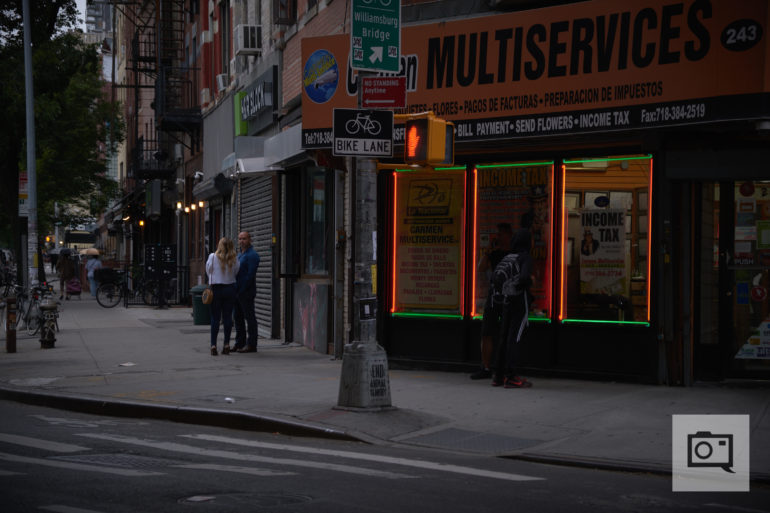
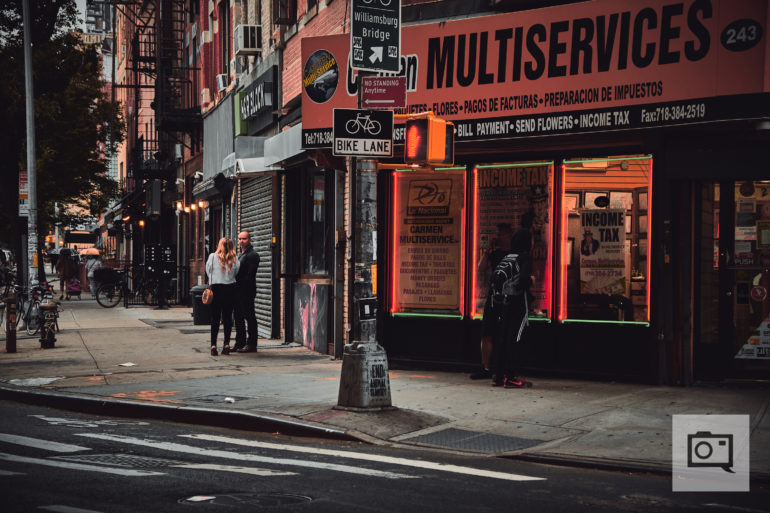
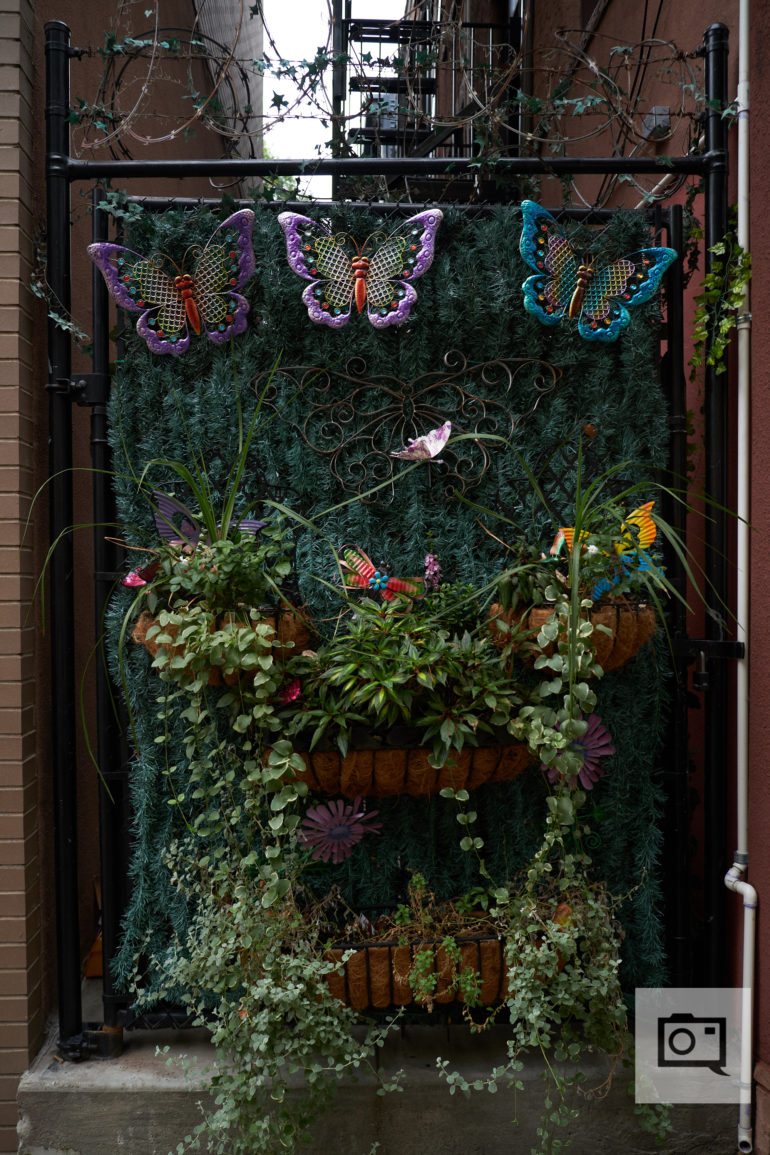



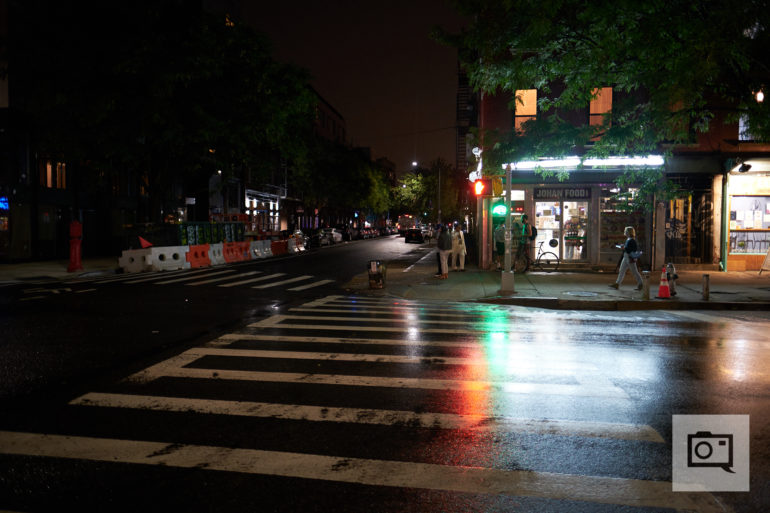
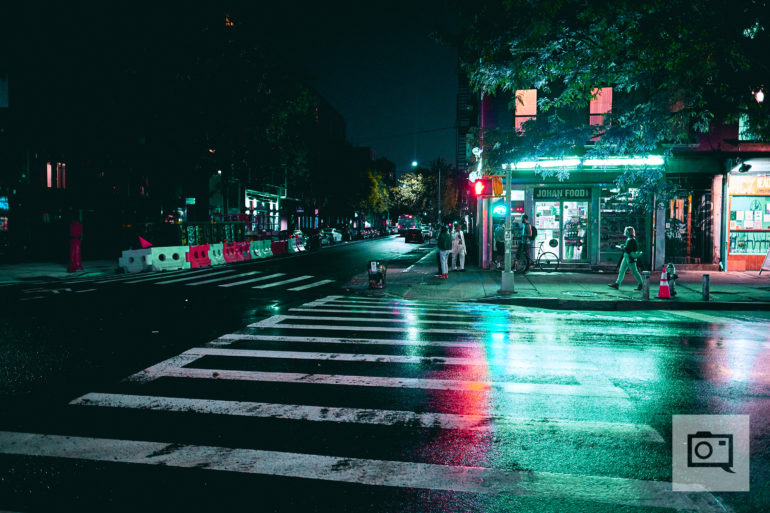
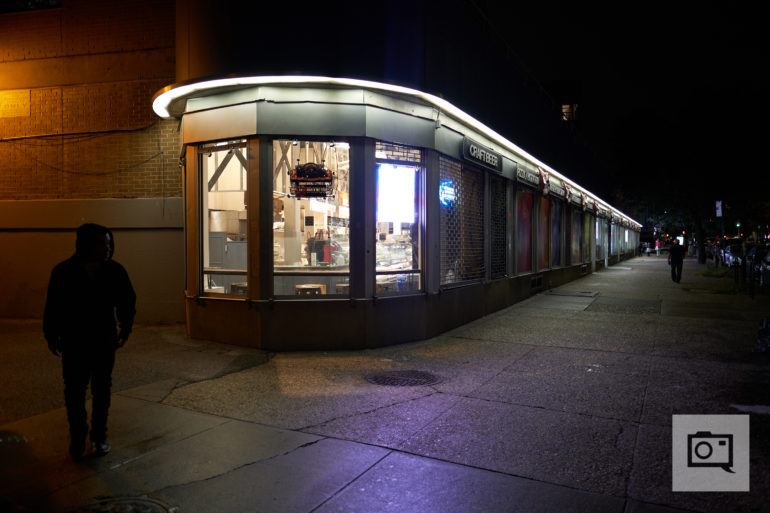
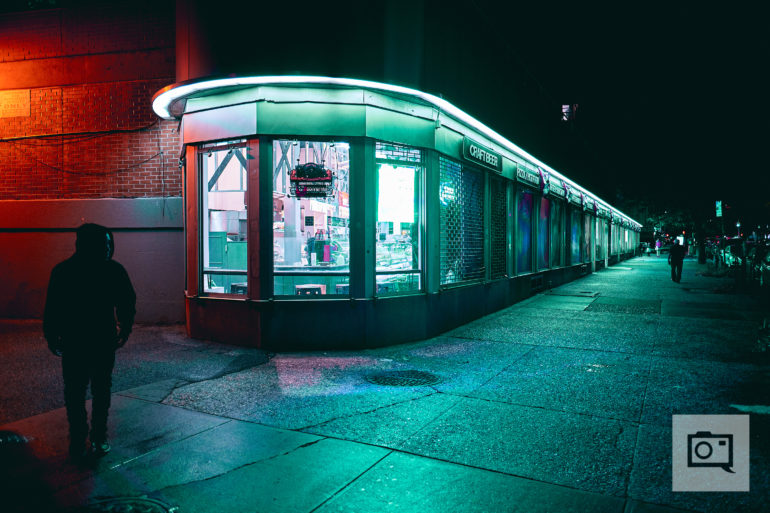
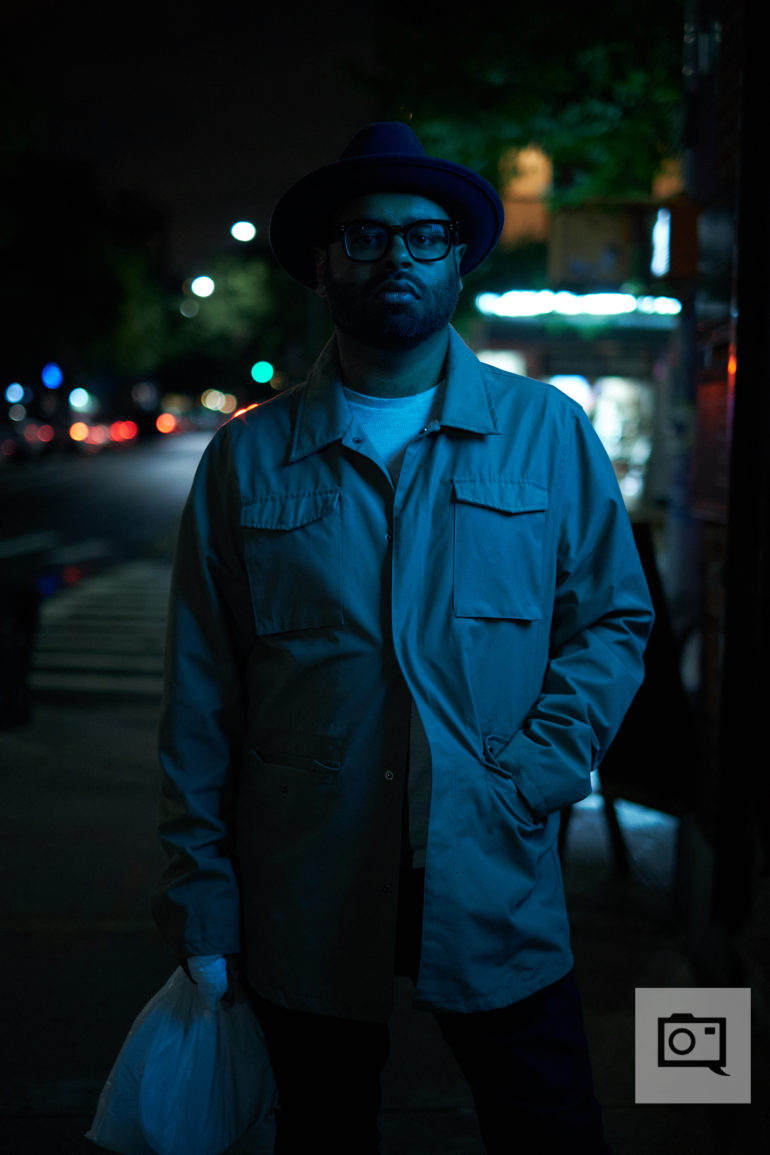
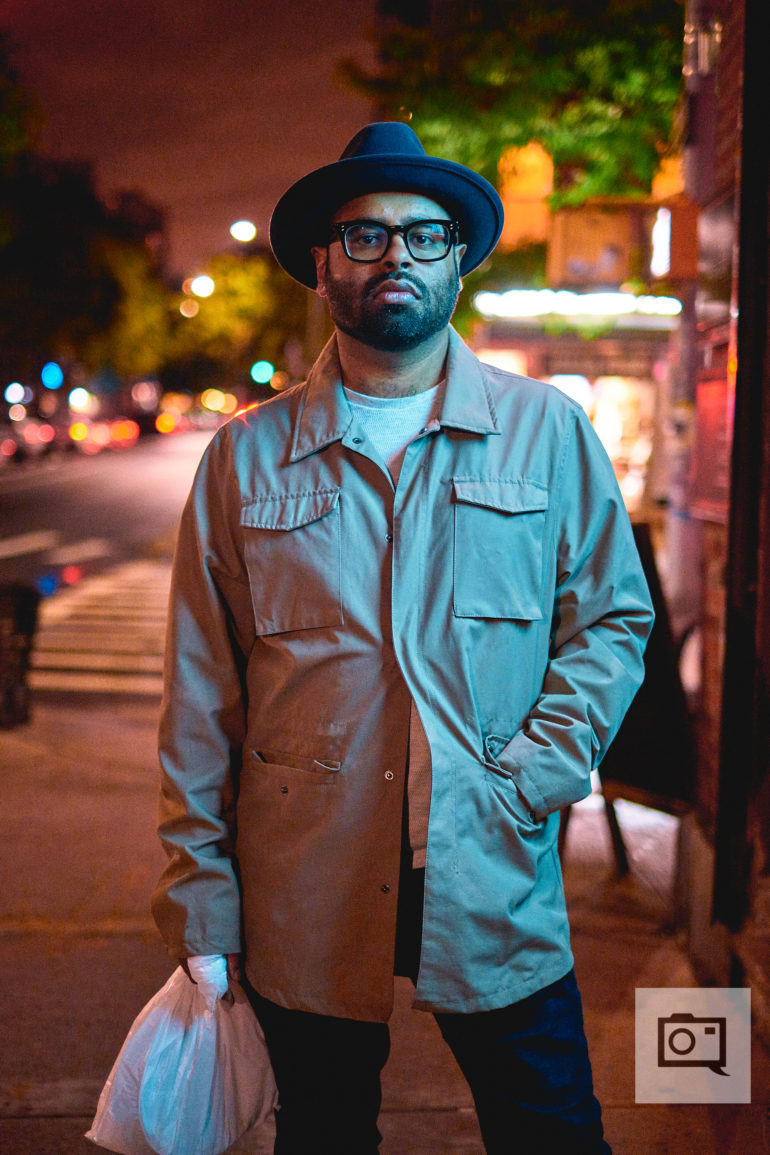

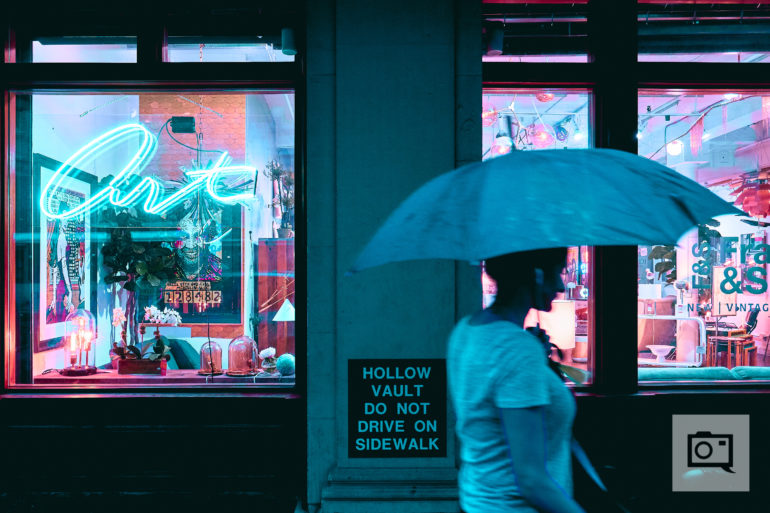
As you can see, the RAW files from the Fujifilm X-T3 give you a lot of information to work with. You can get really creative in post processing.
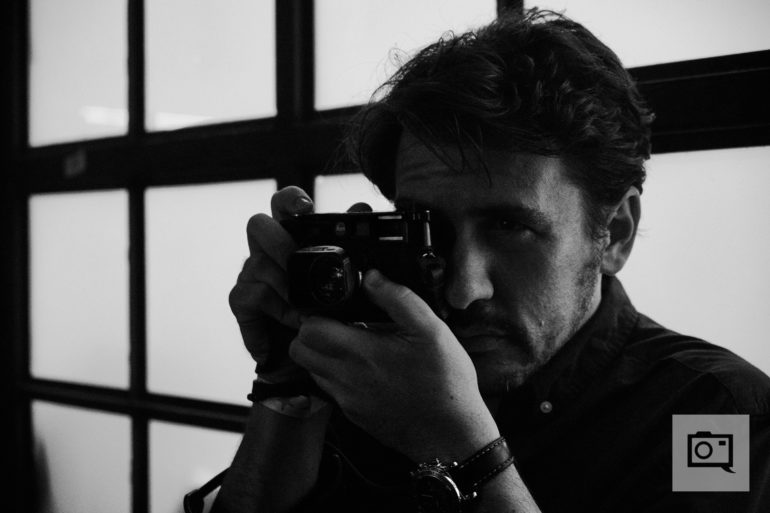
This was shot in ISO 6400, and as you can see, it’s a perfectly usable image. I could certainly pull up the shadows a bit more, but I like the contrast and moodiness in the image as is.

This was also shot at ISO 6400, and while the noise is noticeable, it’s not at all unpleasant or jarring.

The above image was shot at ISO 12800. Things start to get really noisy when you’re shooting in such a high ISO, and you’ll see a noticeably degradation in detail and sharpness, but it’s still an usable image overall.

Here’s another image shot at ISO 12800. You can still produce usable images with the Fujifilm X-T3 even in extremely low light conditions.
Additional image samples


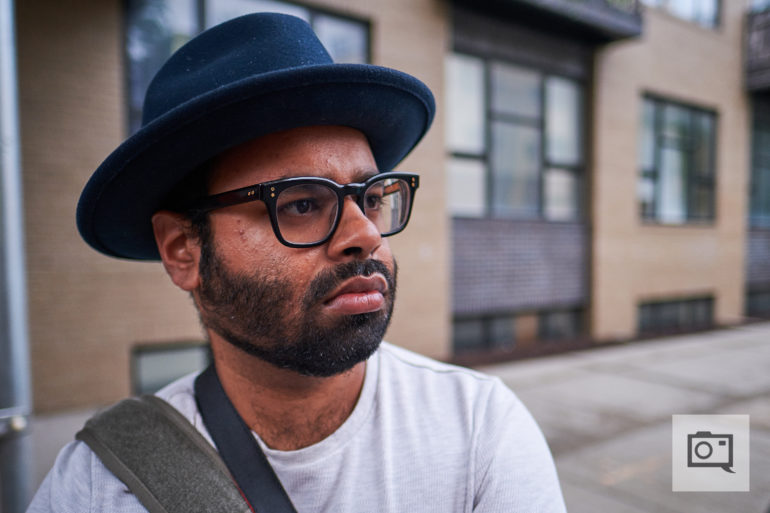
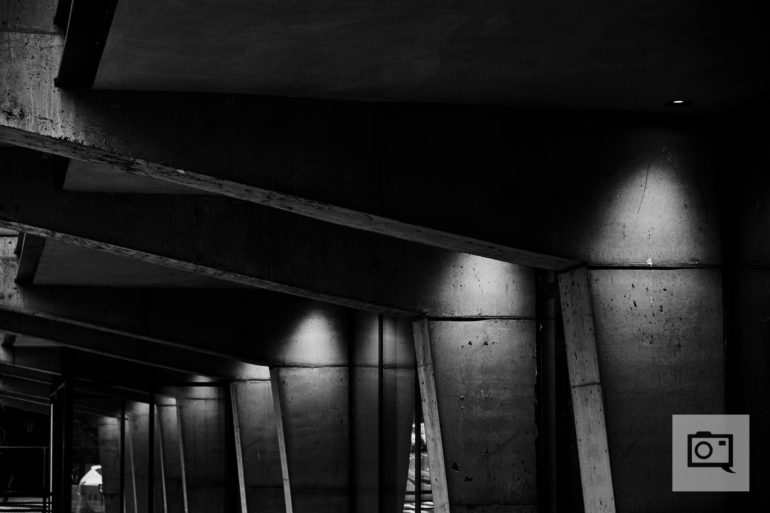
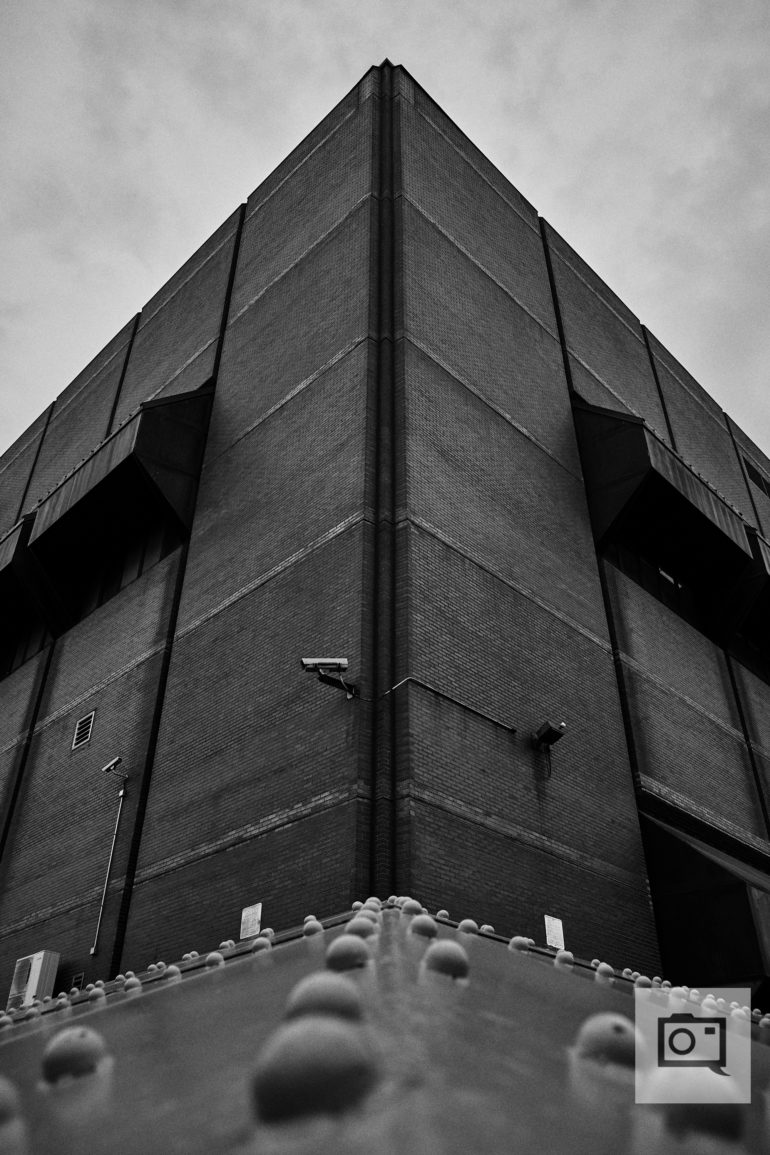
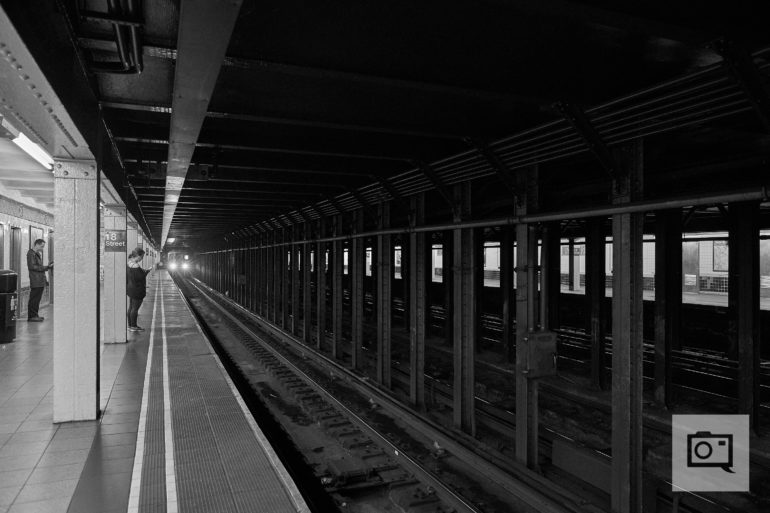







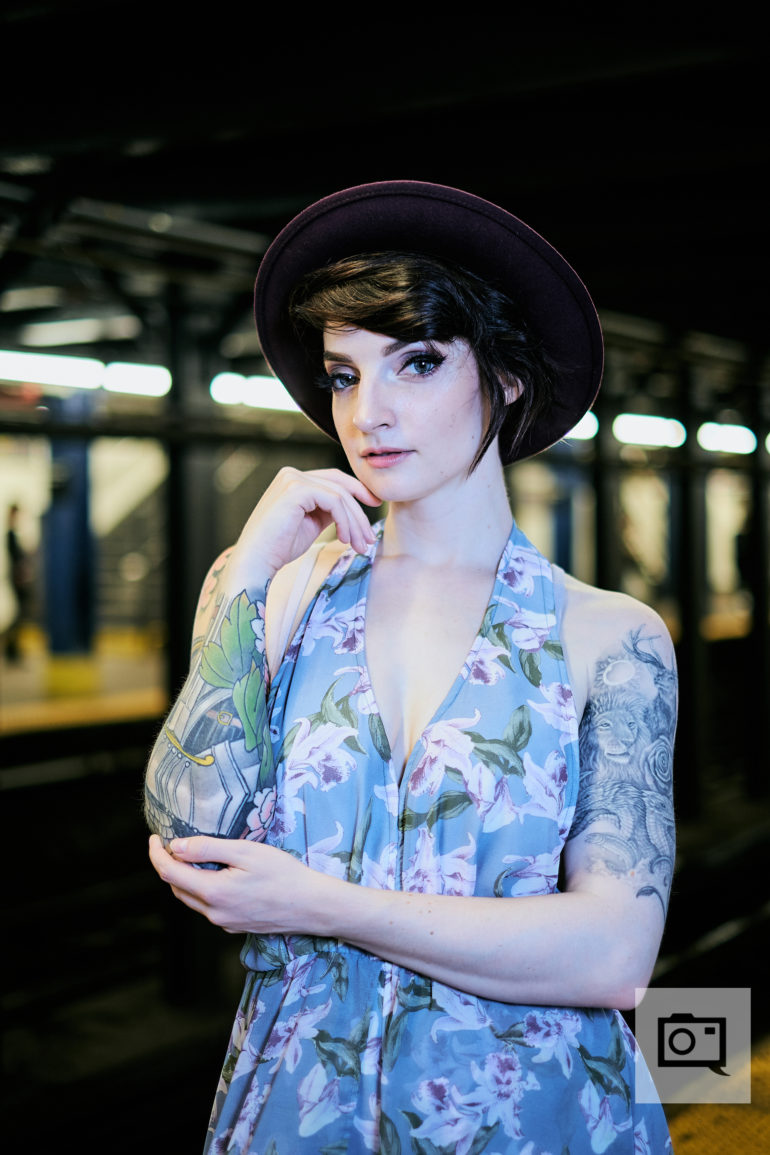

Conclusion
The Fujifilm X-T3 is a phenomenal camera, delivering significant improvements over the already impressive X-T2 in terms of autofocus and low light performance. While USD $1,499 is certainly a premium price tag, it’s actually cheaper than the X-T2 when it first launched, retailing for an additional $100. The price tag is actually very reasonable when you consider everything that Fujifilm has packed into the X-T3, and it’ll even give Full Frame mirrorless cameras like the Sony A7 III a run for its money with the X-T3 having slightly higher resolution power (26.1 MP in the Fujifilm X-T3 vs 24.2 MP in the Sony A7 III). The only real gripes I have with the Fujifilm X-T3 is I wished it had in body image stabilization and a larger battery. The NP-W126S battery is really starting to show it’s limitations, and I hope Fujifilm will take a page from Sony’s book and introduce a higher capacity battery with their future cameras.
The Fujifilm X-T3 earns five out of five stars, earning it The Phoblographer’s Editor’s Choice Award. Want to add one to your setup? The Fujifilm X-T3 is available now and you can find it on Amazon.


